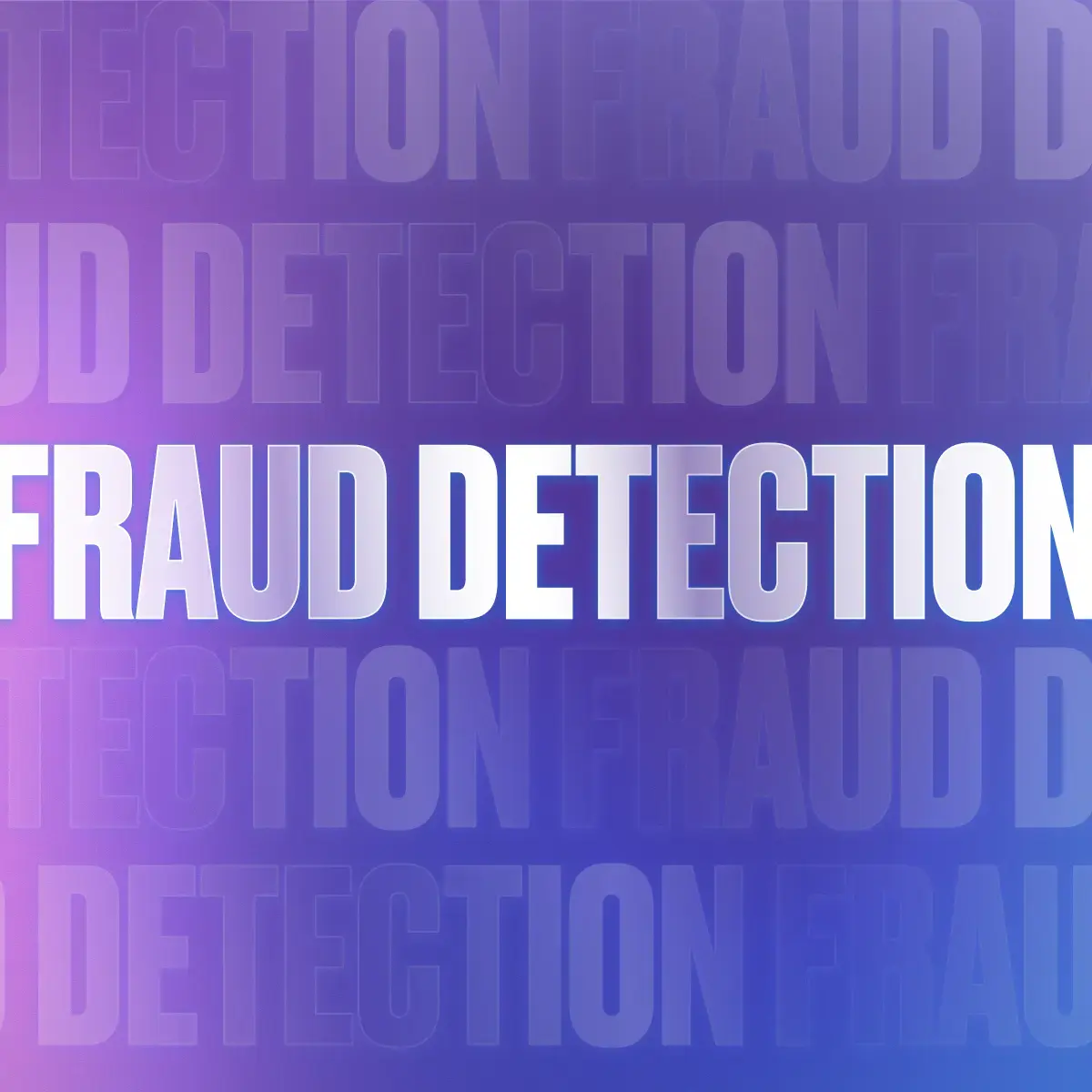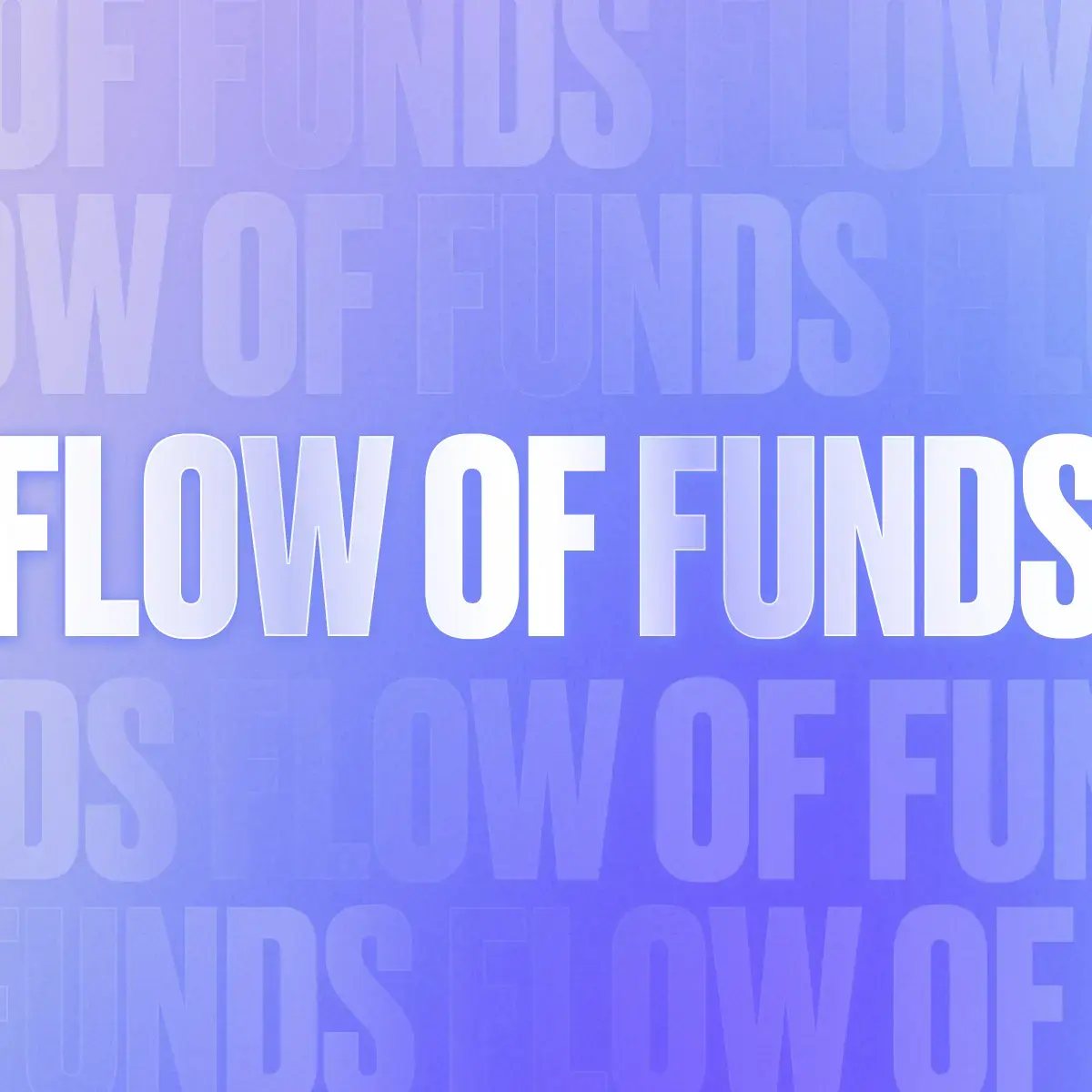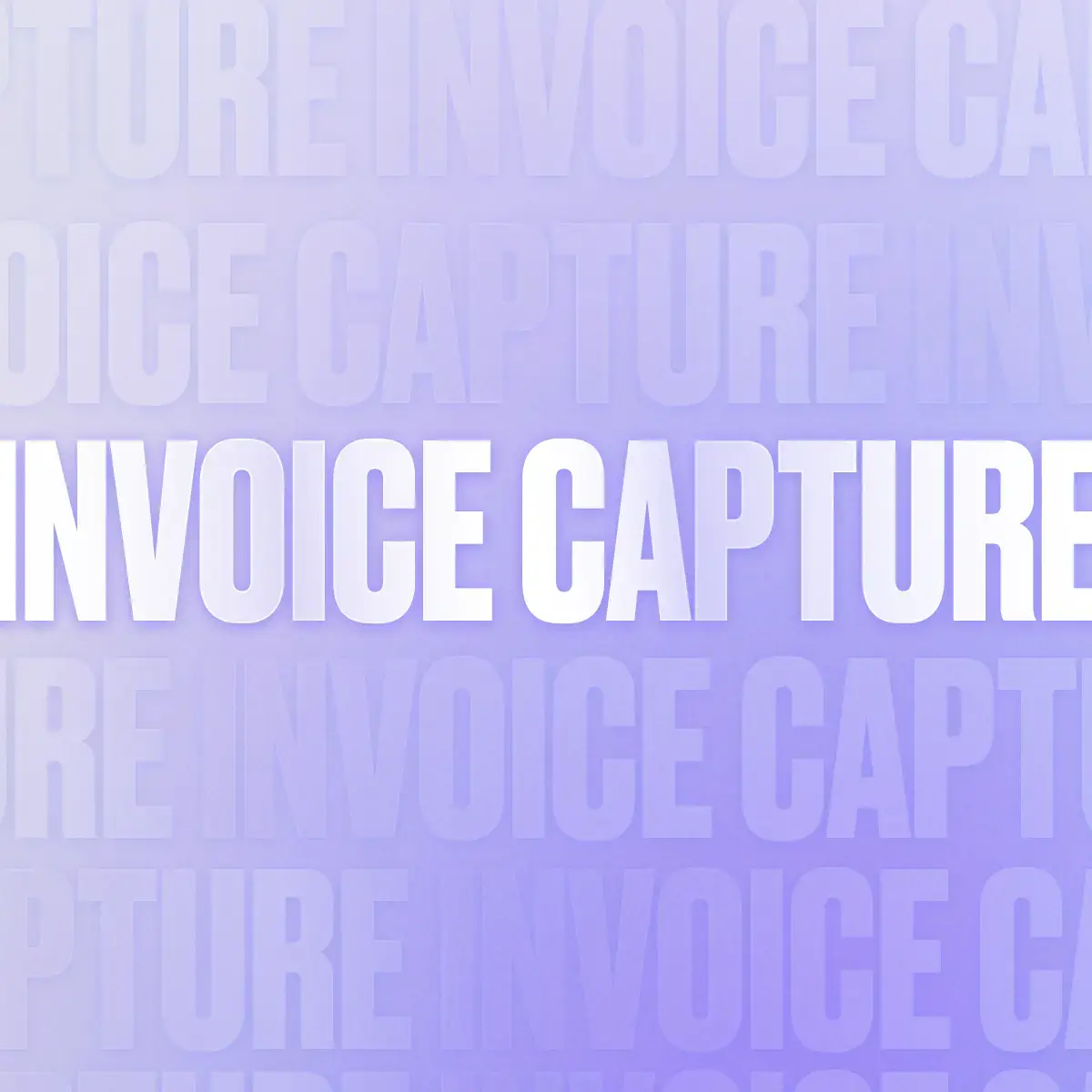The world of non-music audio content or “functional noise” has been thrust into the spotlight over the last year, with some streaming services announcing they’re cutting royalty rates and others outright demonetizing it. But why all the fuss? It has a lot to do with fraud, shifting streaming models, and AI.
The music industry, and digital service providers (DSPs) in particular, have been implementing more changes in the past year or so than ever before, from streaming model overhauls to new fraud-fighting tactics.
The genre of functional audio has gotten caught up in a number of these changes, and we’ll explain exactly why that is, and where the frustration around it stems from.
What we cover
What is functional noise?
Functional noise or non-music audio content includes white noise, static, the sounds of rainfall, crashing waves, birds chirping, whale noises, ambient soundscapes…you know, the stuff you put on in the background while you focus, relax, or fall asleep. Functional audio is generally easy to create, and a lot of the industry rhetoric around it recently has been pejorative.
That’s not to say that this type of audio content isn’t important, or that it doesn’t have its place on streaming services. The problem arises when bad actors take advantage of the relative ease of creating and uploading this type of content to DSPs to exploit streaming revenues and funnel royalties away from hard-working artists.
As WMG CEO Robert Kyncl put it, “It can’t be that an Ed Sheeran stream is worth exactly the same as a stream of rain falling on the roof.” In other words, it’s not music, and thus shouldn’t be valued at the same rate as music.
Where did the pushback against functional audio begin?
Functional audio content has been getting pushback on streaming services for some time now, and we can trace back the beginnings of that frustration to UMG CEO Lucian Grainge’s 2023 New Year memo to staff, which called for an industry-wide shift to artist-centric streaming models. One of the problems with the status quo that Grainge cites is that streaming platforms are being flooded with, “vast and unnavigable numbers of tracks…consumers are increasingly being guided by algorithms to lower-quality functional content that in some cases can barely pass for ‘music’.”
Grainge adds that while in the past, music industry conflict has focused on the majors versus the indies, today’s real divide is, “between those committed to investing in artists and artist development versus those committed to gaming the system through quantity over quality. The current environment has attracted players who see an economic opportunity in flooding platforms with all sorts of irrelevant content that deprives both artists and labels from the compensation they deserve.”
Given that functional audio comprises a large corner of the streaming market—an estimated $630 million annually for recording rights holders as of 2022—it’s no surprise that major record labels are looking to stamp it down, or cash in. UMG itself has partnered with the Calm app to release a “Sleep Remix Series” to establish its presence in this part of the market.
In this past year, we’ve seen many companies work to address the problems outlined by Grainge and other industry leaders, including cracking down on fraud, separating music from non-music content, and shifting royalties from the least popular tracks to professional and emerging artists. Spotify’s many changes to its royalty payout model are illustrative of this.
Spotify’s big royalty changes
The royalty payment changes Spotify has implemented over the past year have come in a few forms: banning white noise podcasts from the Ambassador Ads program (and then scrapping that program altogether), announcing a plan to drive $1 billion toward professional and emerging artists, and, as part of that plan, working to deter fraud and implementing multiple changes to the way that functional audio streams are valued to “rein in those attempting to game the system with noise.”
Ambassador Ads program
The beginning of Spotify’s fight against functional audio started in September 2023, when the company banned white noise podcasters from participating in their Ambassador Ads program.
This program, defunct as of January 2024, allowed podcasters in the US to monetize their shows by promoting Spotify’s own products.
Bloomberg found in 2023 (before the ban) that podcasts featuring only ambient sounds accounted for three million daily consumption hours and were being boosted by Spotify’s algorithm, resulting in a $38 million loss in potential annual profits. They reported in 2022 that functional audio podcasters could make $18,000 a month through Spotify-placed ads.
The decision to ban white noise podcasts from the program is grounded in their listeners’ lack of engagement. It makes sense—advertisements on podcasts designed to be played in the background are probably not going to garner much attention from listeners. This points back to Grainge’s qualms with functional audio’s inability to engage fans and merchandise artists.
Royalty payment changes
In November 2023, Spotify announced a couple of big royalty payment policy changes that took effect on April 1 of this year, an effort to, over the next five years, drive $1 billion toward the approximately 225,000 “emerging and professional artists” the company has determined are dependent on streaming as part of their livelihood.
First, songs will only generate royalties once they reach 1,000 streams in the previous 12 months, affecting about 0.5% of its library. The idea is that any track reaching 1,000 plays is earning real engagement and is far less likely to prove to be fraudulent. The revenue from these streams will be rerouted to emerging and professional artists.
While this policy has received some pushback, the reality is that rights holders weren’t accessing royalties for tracks with fewer than 1,000 streams anyway, as the money they generate is below the minimum that many distributors require before making payouts.
The other big change is that Spotify increased the minimum track length of functional noise tracks to two minutes (as opposed to music content’s 30-second minimum) in order to generate royalties. In the blog detailing these royalty payment changes, Spotify cites bad actors who have been shortening sound tracks to 30 seconds as the reason for the change. By stacking them consecutively in playlists without listeners noticing, they have been able to earn outsized payments.
The company also announced that they were working with licensors to revalue noise recordings at a royalty rate that is “a fraction of the value of music streams,” though they have not stated what that rate is.
Spotify writes that these changes aim to, “create a more fair playing field for artists in these functional genres, by eliminating the perverse incentive to cut tracks artificially short with no artistic merit, at the expense of listener experience.”
This push is part of a larger effort to fight fraud on the platform, as they have also introduced per-track fines for labels and distributors when “flagrant artificial streaming” is detected on their content.
Deezer’s artist-centric royalty model
Spotify isn’t the only streaming platform to have made big changes recently.
On September 6, 2023, Deezer and UMG announced that they were launching the “first comprehensive artist-centric streaming model” together, which launched in France in October 2023. Warner signed on as well, and Merlin joined earlier this year.
Deezer lists four pillars of its Artist-Centric Payment System (ACPS), two of which are relevant to our topic at hand:
- Distinguishing between music and noise
Deezer has stated that non-music noise content accounts for roughly 2% of all streams on the platform. Like Spotify, Deezer has taken a stand against functional audio content—or in their words, “declared war against irrelevant sounds.”
Deezer’s language is more intense, and so is their approach to this type of audio content, as it has removed white noise from the royalty pool entirely, and is directing funds “toward genuine artist content.”
“The sound of rain or a washing machine is not as valuable as a song from your favorite artist streamed in HiFi,” Deezer CEO Jeronimo Folgueira said.
- User cap and fraud detection
Deezer has placed a 1,000-stream cap on every user to prevent system abuse—in other words, people who stream more than 1,000 tracks a month will be down-weighted in the payouts calculations—and implemented a “robust fraud detection system.”
Blurred lines
While much of these policy changes seems straightforward, what constitutes “functional noise” versus “actual music” is not always easy to pin down.
The March 2024 Music Ally Report asks: “Are ‘peaceful piano’ tracks functional audio or proper music? Is an ambient soundscape functional if it’s by someone you’ve never heard of, but it’s music if it’s by Brian Eno?” It’s up to DSPs to answer these questions.
AI is also integral to this conversation. It’s old news at this point that AI is changing the music industry, and new questions about its use in music creation arise constantly. It’s easier than ever to create functional audio tracks and remix existing music with AI, and how these types of tracks should exist in relation to the royalty pool is up for debate.
All this to say that while the idea that functional noise content and music should be treated differently in royalty calculations is relatively uncontroversial, it’s all about ironing out the details.
Pay your music-makers and noise-makers with Trolley
Trolley handles the heavy lifting of paying artists via payout automation purpose-built for modern music companies, with built-in fraud mitigation and watchlist screening on every payment.
By leveraging Trolley’s powerful payout API, DSPs can access a massive global banking and payments network to smoothly facilitate print royalty distributions to eligible rights holders—all while upholding tax compliance through integrated reporting capabilities.
Detect fraud before paying out fraudsters with Trolley’s ID verification and fraud monitoring tools.
Let Trolley deliver your royalty distributions worldwide so you stay focused on bigger goals. Keep your data centralized and connected with Trolley’s end-to-end platform plus ERP sync. Onboard your artists, verify their identities, pay globally, stay tax compliant, and mitigate your fraud risk, all in one place.
Our real-time dashboard gives your artists the visibility and transparency they deserve, with your brand at the front and center. Plus, recipients can choose the payment methods that work best for them, so you can strengthen your relationships while making tax-compliant, risk-free payouts to over 210 countries and territories.
Learn why companies like SoundCloud, United Masters, Soundrop, CD Baby, and more trust Trolley to pay over 1.5 million musicians worldwide by getting in touch today.







